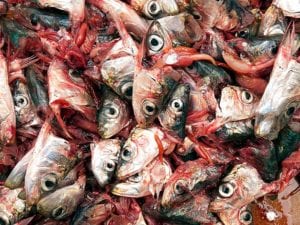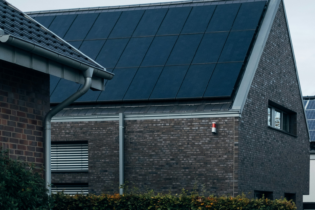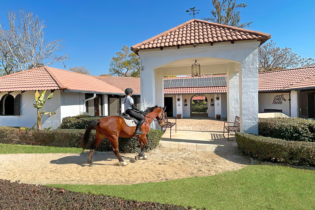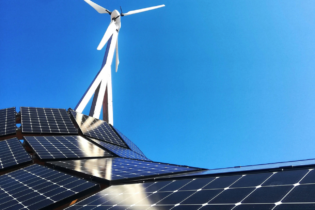One of the world’s largest modular flooring producers, is now using biogas produced from anaerobic digestion of fish, chocolate and other food waste to drive its main production plant in the Netherlands. The anaerobic digestion which produces the biogas consists of a series of biological processes in which micro-organisms break down biodegradable material in an oxygen-free environment.
The company is Interface and its products are available in South Africa via Kevin Bates Albert Carpets (KBAC). Neil Duncan, KBAC chief financial officer, says using biogas as a component of the renewable energy used for carpet production forms part of Interface’s quest towards “Mission Zero”, a campaign to achieve a zero environmental footprint and become the world’s first sustainable, restorative carpet manufacturer by 2020. Green carpets “In Europe, Interface has for several years been using ‘green’ production energy derived from various renewable sources, such as solar and wind power. The decision to now add biogas to the green power at Interface’s main European production plant at Scherpenzeel in the Netherlands, brings the company closer to its Mission Zero 2020 target. Through the use of biogas – derived from fish and other food waste, including chocolate waste – the Scherpenzeel plant is now almost carbon-dioxide neutral. Waste is employed in an innovative way that benefits both business and the environment,” Duncan explains. Eneco, supplier of Interface’s biogas, sources the gas from a Dutch fish processing plant that constantly and inevitably generates massive stocks of fish waste because the edible portion of fish can be very low, particularly in some species such as catfish (only 35% edible) and herring (53%). The processing plant also obtains other food waste, including rejected chocolate (which it sources from local bakeries and other chocolate outlets), to add to its biogas “recipe”. Upgrading fish and food waste to green gas involves fermentation of the waste, followed by the removal of sulphur, ammonia, hydrogen sulphide and carbon dioxide from the biogas. Once the biogas has been compressed, dehydrated, filtered and odourised, it is transmitted via a gas grid to the Interface plant.Facts and figures
“Interface has by securing green gas for its production plant, made it possible for the factory to achieve both 100% renewable electricity and 100% renewable biogas, making it the first Interface facility to have this distinction. Furthermore, the move resulted in a 98% reduction in greenhouse gas (GHG) emissions for the company’s European facilities compared with 1996. There are plans afoot to also introduce biogas as a source of energy at other Interface plants overseas. “All bio-degradable production residues can theoretically be converted into biogas and there are now an increasing number of initiatives in this regard worldwide with major factories investing in initiatives to salvage fish, chocolate, confectionery, and other ‘green waste’ – even from whisky distilleries – from the sewer to generate energy. It is most satisfying to see organic waste, which for so many years was regarded as completely useless, being used to drive production plants. Green gas has a bright future,” Duncan concludes.







